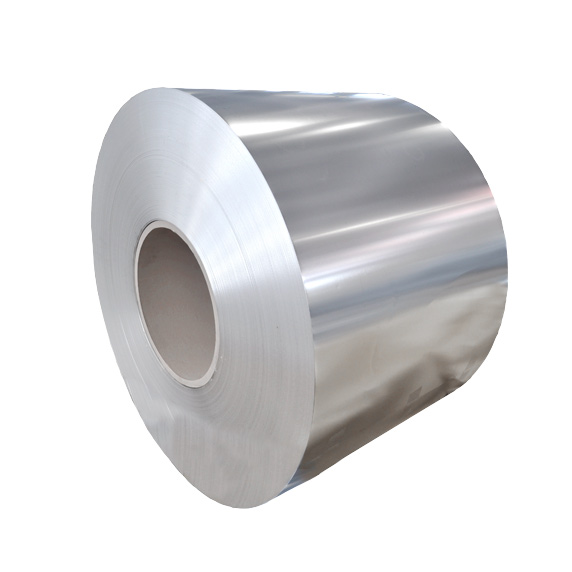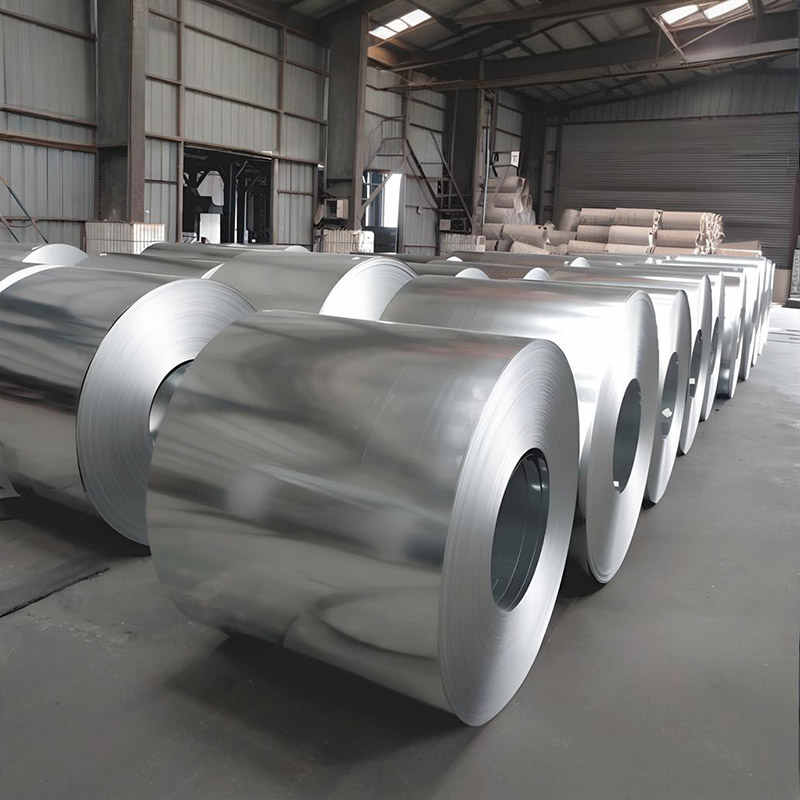What exactly is low-tin coated steel strip and why has it become indispensable in modern manufacturing? This specialized material consists of a steel substrate coated with a thin layer of tin, typically ranging from 0.5 to 15 grams per square meter. The precise control of tin thickness distinguishes it from conventional tinplate, offering unique advantages for various industrial applications.
What makes low-tin coated steel strip stand out from other steel products? The key lies in its exceptional properties. This material demonstrates outstanding corrosion resistance, ensuring product longevity even in challenging environments. Its excellent formability allows for complex shaping without compromising structural integrity, while the uniform surface finish provides superior aesthetics and functionality. Additionally, the precise thickness tolerance of low-tin coated steel strip makes it ideal for applications requiring dimensional accuracy.
Where can we find low-tin coated steel strip in our everyday lives? Its applications span numerous industries. In food packaging, it preserves freshness and extends shelf life while maintaining product safety. The electronics sector utilizes it for electromagnetic shielding and component protection. Automotive manufacturers value its lightweight yet durable nature for fuel-efficient components. Construction industries rely on it for roofing and cladding systems that withstand harsh weather conditions.
Why should manufacturers choose low-tin coated steel strip over alternative materials? The benefits are compelling. Compared to uncoated steel, it offers superior corrosion protection at a more economical price point than stainless steel. Its recyclability aligns with sustainability goals, reducing environmental impact. The material’s versatility allows for customization to meet specific application requirements, while its consistent quality ensures reliable performance across production batches.
How can businesses select the right low-tin coated steel strip supplier? Look for manufacturers with extensive experience, rigorous quality control systems, and the ability to provide customized solutions. Consider suppliers offering technical support and comprehensive testing services. A reliable partner should demonstrate flexibility in order quantities and delivery schedules while maintaining competitive pricing without compromising quality.
As industries continue to evolve, low-tin coated steel strip is poised for exciting developments. Innovations in coating technologies promise enhanced performance characteristics, while growing environmental awareness drives research into more sustainable production methods. The material’s adaptability ensures it will remain at the forefront of manufacturing innovation for years to come.
In conclusion, low-tin coated steel strip represents a remarkable fusion of functionality and versatility. Its unique properties, diverse applications, and numerous advantages make it an invaluable material across multiple industries. By understanding its characteristics and benefits, manufacturers can leverage this exceptional material to enhance product performance and gain competitive advantage in today’s market.



